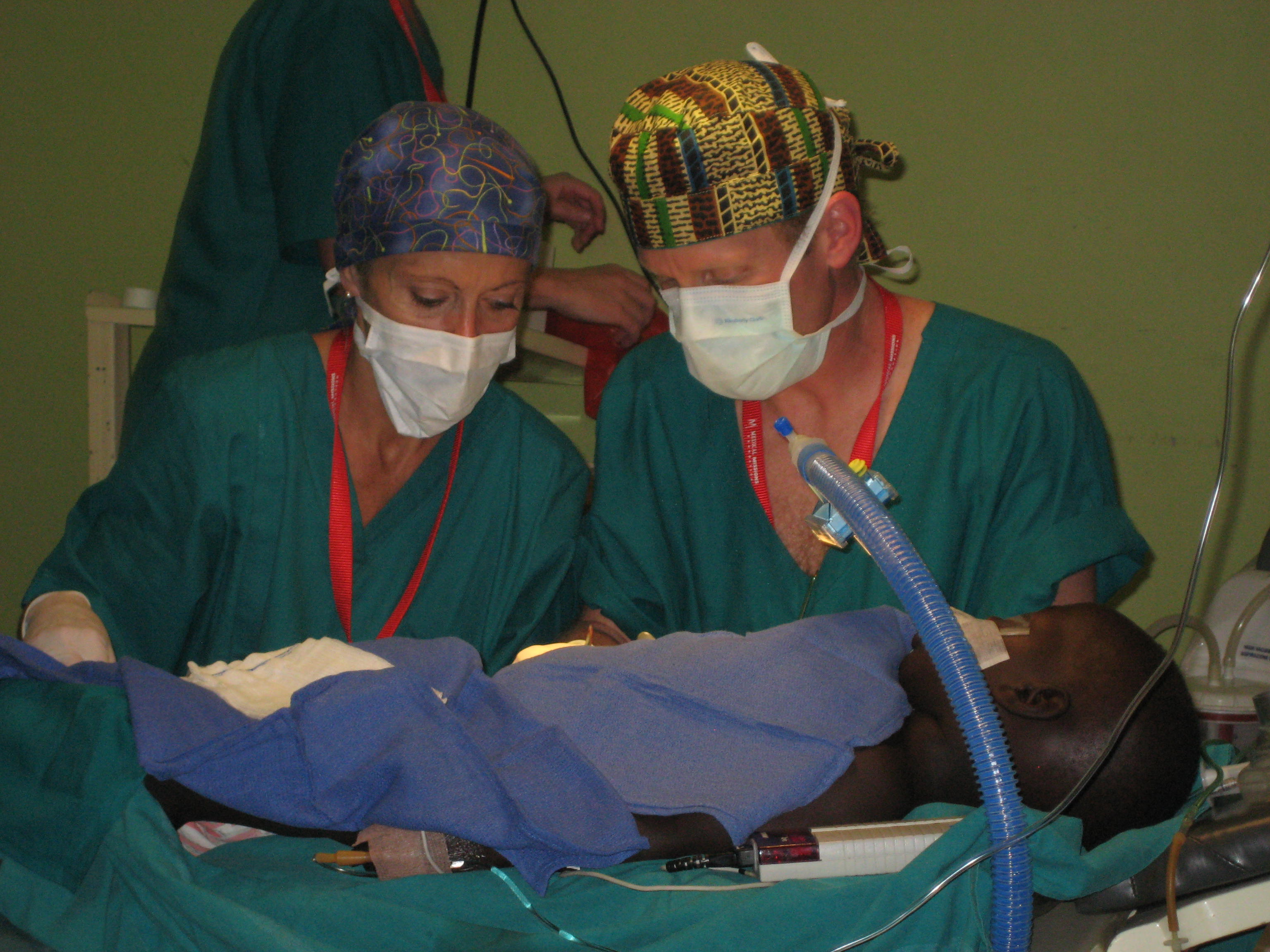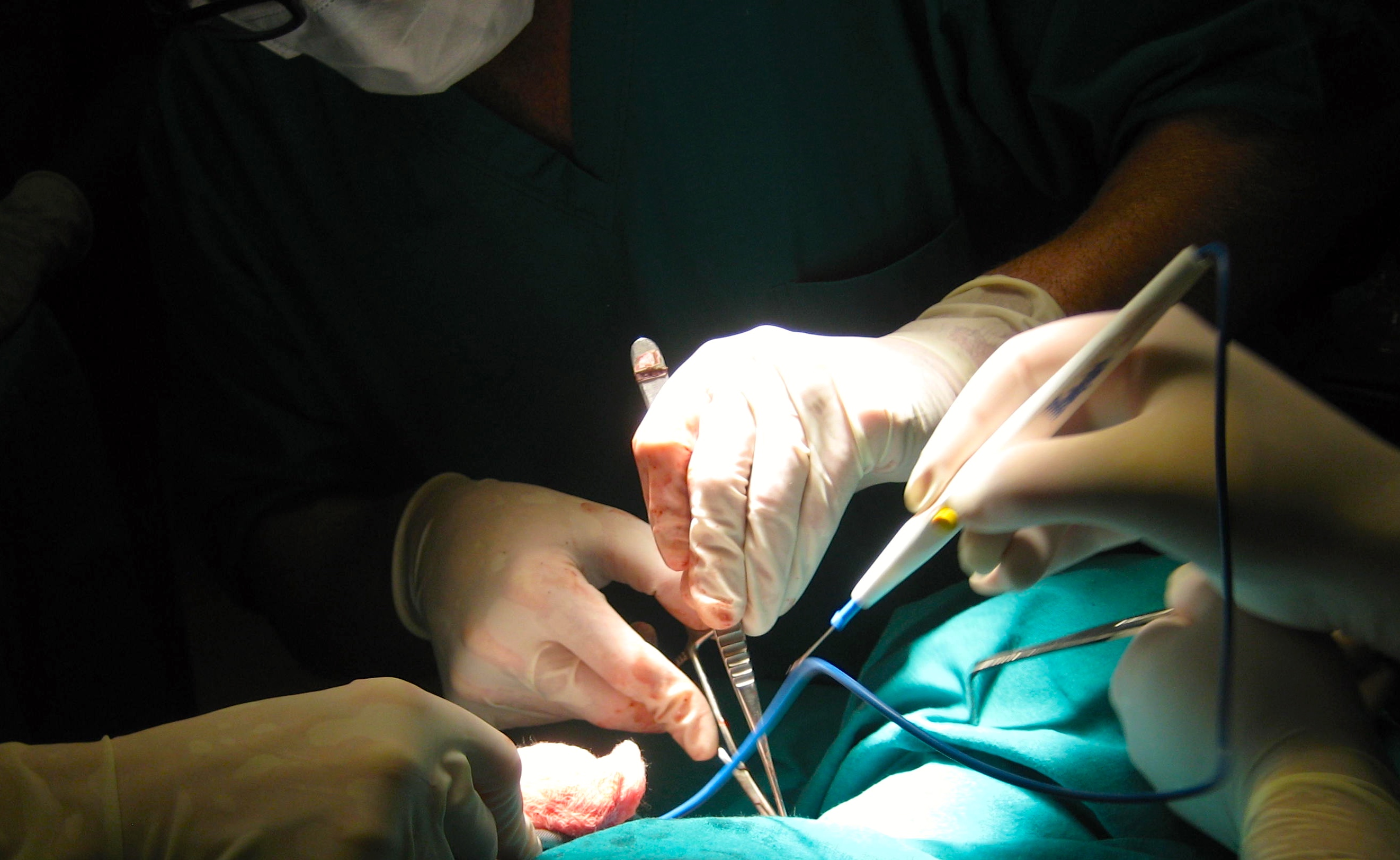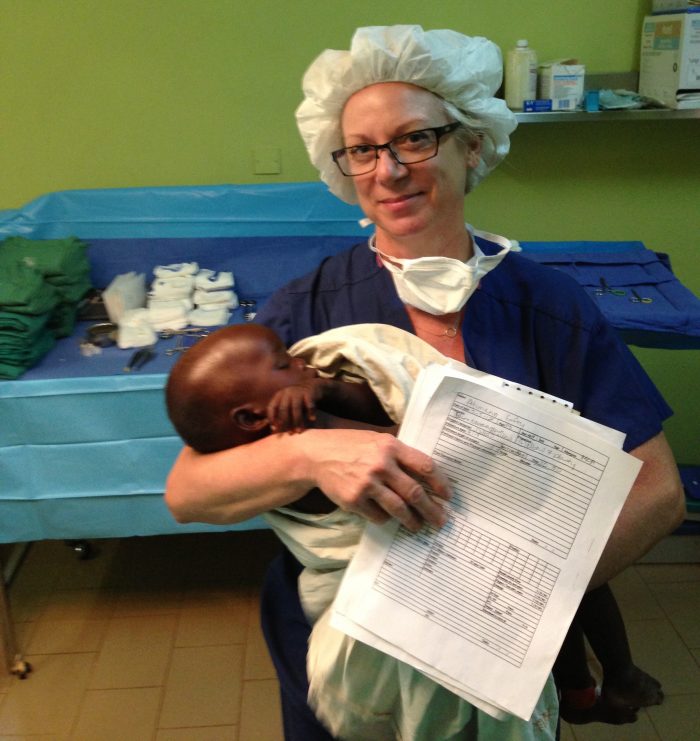General Anesthesia, the type where you are unconscious but your vital signs are functioning, is a mystery. Neither nurse anesthetists, anesthesiologists, nor scientists actually know how and why general anesthesia works, we just know it does. This mystery leads to some unsavory conclusions. Like anesthesia people are not to be trusted.
Who knows what black magic Anesthetists are capable of?
Seriously – that’s not what our colleagues think – OK, it’s a little what they think. And when you add our masks, hats, gowns, drugs and tools, we do seem like a spookily powerful bunch. We end up taking some s%*t from our co-workers.
There’s a joke in the operating room that goes thusly: The such and such doesn’t work – Blame Anesthesia. The case is delayed – Blame Anesthesia. The patient has diabetes, smokes, is obese and argumentative – Can’t Anesthesia do something about that? The moon is full, it’s payday, it’s Friday and there are 10 add-ons – What was Anesthesia thinking!?
We are the faceless, nameless, beings that stand watch at the head of the bed and see to your vital signs while other people cut you open, move stuff around, take stuff out, or put stuff in. Those people – the ones who “adjust” your fearfully and wonderfully made body in ways ranging from medieval (sawing off bones, hammering in a new joint) to barely there (reattaching nerves, teasing out arterial plaque) – they are ones everybody talks about. And rightly so. I’ve been watching them work for years, and it is a thing of beauty.

In the beginning of your anesthesia career, you take for granted the effortless elegance of a practiced operating room team.
You’re so worried about keeping the patient alive, there’s simply no space for the luxury of appreciating what you are a part of. Eventually you realize, you’re not so much keeping anyone alive as making sure they stay that way. Once enough people have stayed alive, you can turn your awareness to the miracles happening in front of you daily.

Our position at the head of the bed affords anesthesia the best view in the house
And we are very territorial about our space. It’s where your airway lives, and your airway is pretty much as important as mine when you are my charge. Every anesthesia person feels this way. It binds us in a unique club. (When we are out in public we are looking at people and thinking: So glad I don’t have to intubate him or look at that long thin graceful neck. Textbook airway.)
When someone walks through our space we feel the same way you do when a stranger stands too close. We are instantly on guard: what are you doing here, are you trying to touch something here, your presence is distracting me. Circulators sometimes actually apologize – “Sorry, I’m walking through your area, I have to get the —- piece of equipment.” When there’s a student in the room and someone cheerfully says “Stand up there by anesthesia, you can see everything.” We silently cringe but know we are duty bound to invite the student in. Somebody did it for us. Make no mistake: it sucks anesthesia dry to repeatedly ask someone to move so we can get to the IV … Sooooo much easier to make nice if you would just. stand. over. there. But,
Anesthetists are a sturdy breed, so it’s all good.
There’s a sterile drape that separates anesthesia from the surgical field. When a case is going well, as most of them do, we stand, secure the drape a little lower and chat up the OR crew. But, when there’s a shark in the room or surgically things get tense, we put that drape up high, sit down and pretend to be engrossed in the patient’s chart or mixing up potions. We can play that nameless and faceless card like a boss. We like this anonymity and do little to discourage it. Still, we know we are an important instrument in the symphony that is the operating room.

And it’s one style of music we all agree on.
Everyone who works in the operating room shares a deep and abiding reverence for the glorious mystery of human anatomy and physiology. How do the kidneys know exactly how much sodium to spare and potassium to waste? How can a person walk with a hernia that big? Can my sinuses collect that much mucus? And how does a baby’s circulatory system know to transfer from fetal to newborn circulation? Can you really take a body part from here and reattach it there? Why doesn’t the heart rebel when you open the sternum and enter the secret place therein? Same for the cranium – how crazy is it that the organ responsible for sensorium has no sensory nerves of its own? And how do you psychologically reconcile managing an anesthetic for one of the most horrible/beautiful things ever invented: an organ harvest?

So enthralled are we by this mystery that some institutions have an overhead page such as “Dr. Green to room 2.”
Everyone knows this means something interesting and out of the ordinary, but not dangerous is happening. It’s your invitation to learn. Yes, we are those people. Every last one of us.
It is an awesome and tender responsibility to “poison someone to the brink of death, let them hover there, then briiiiiing them back alive.” It takes years before your sphincter relaxes and you know for sure it’s more likely than not that the patient will wake. (I mean, really, would you push a syringeful of drugs with your staff in the background muttering “Well, we really don’t know how it all works, but it’s going to be OK.”) Not a thing you take lightly. Ever.
But it’s just one aspect of any patient’s safe passage through an operation.
After 25 years I still love this magic.
The fearfully and wonderfully made human body, the synchrony of the team, the hundreds of steps that went right before the patient even entered the OR, the fact that so many operations occur every day and it most often goes right from start to finish, the artistry and technical skills, the range and depth of interpersonal skills, the expansion of technological inventions dedicated to tiny, specific steps or large scale successful outcomes, the hours people have invested in learning their craft or creating the tools and techniques .. It never gets old.
In fact, it is the opposite. It gets more and more amazing the longer you hold watch.
N.B. If you click on any link in this essay, click the link on the word “shark“. I was given a copy of that essay upon graduation. It stands as one of the most instructive and elegantly written descriptions of human behavior I have had the privilege to read. Hope you enjoy it.
If you enjoyed this article and would like more, please enter your email in the subscribe box on the homepage.






Beautifully written. Thank you for a glimpse into the “underworld,” Josie. Fascinating work you guys do every day. Love the pictures. GREAT READ on Sharks. Insightful and spot on!
POB – I am glad you like it. I hoped it would let people in on what anesthesia is doing just standing there … we actually are thinking and planning. I go through phases where I carry copies of “Swimming with Sharks” with me to give to people when they describe rough interpersonal scenarios. Thumping a shark on the nose the first time is rough – especially if you are used to pulling up those drapes and fading into the background or are naturally an introvert. You know, the kind of person who used to be afraid to order a pizza by phone …
Jo you never cease to amaze me. What a brilliant professional but most of all a brilliant beautiful human being that I proud to have as a friend, love you
Miss Margarette! What a beautiful thing to say, it goes right back at you. I am so looking forward to connecting again in SC!
If you are so enthralled with the job, why didnt you agree to educate others in the administration of anesthesia? I really dont know you, but you sound smart enough that your insights and abilities should most certainly be passed on. Why are you not an educator?
I have explored that! It’s not off the table!
Great read! Loved it! Josie, you are awesome! I’ve always loved and respected my anesthesia peeps. A big part of making the machine work smoothly every day.
Thank you, Sharise! I’m glad you like it. Right back at you, you guys rock. Keep it up!
Will you please comment on my remarks?
I thought I had! Thank you for the compliment that I could be a teacher. I pursued teaching many years ago but could not complete the schooling (you have to get a PhD degree) because I was working full time as a Military CRNA and had a young family. Later, when my kids got older I checked into it again but decided against it due to the cost of getting the PhD. So, this blog could be my way of being a teacher!
I couldn’5 have said it better. Thirty-five years and counting, and I still love the mystery!
Wow! Congratulations on your 35 years! And thank you for commenting – I still love the magic and the mystery, too. Anesthesia was not my plans, but it turns out it was the best plan there could have been for me. It’s been a great career. My son, who just graduated nursing school in May is going to shadow me tomorrow at work: he said “I just want you to think out loud all day.” I can not tell you how excited I am!
This is a great article!! My husband’s best friend and our son’s godfather is a nurse anesthesiologist and the he’s the one that shared this article. I have always found his job fascinating! Any time any of us have had to be put to sleep I always make him explain everything and it just puts us at ease. Thank you for such a well written post and an overall sense of calmness.
Thank you for reading and commenting and thank you to your son’s godfather for sharing it with you, Coralie. I think many people are curious about what really happens in the operating room, anesthesia, etc. – It’s such an interesting place to spend your time. Most OR people just love the environment.
There will be more articles on those topics!
How did your son’s godfather find the article? I am curious – my blog is new and I’m figuring out the IT/SEO part of it as I go along. (currently, there is a “homepage” glitch – working on that …)
Thanks,
Josie
Jolie,
Some time ago. I read an article you posted about swimming with sharks. Written long ago. Could you repost it Please?
Thanks you,
Kim
Hi Kim,
Here is the shark link
Josie
Poison someone the brink of death. Never heard it put that way. I have been doing that for 39 years and it is so true. The thrill still remains. You have just presented it in a far more eloquent way than I ever could. We’ll done!
Thank you! High praise from a 39 year veteran! Makes my 25+ year’s seem not so substantial!!